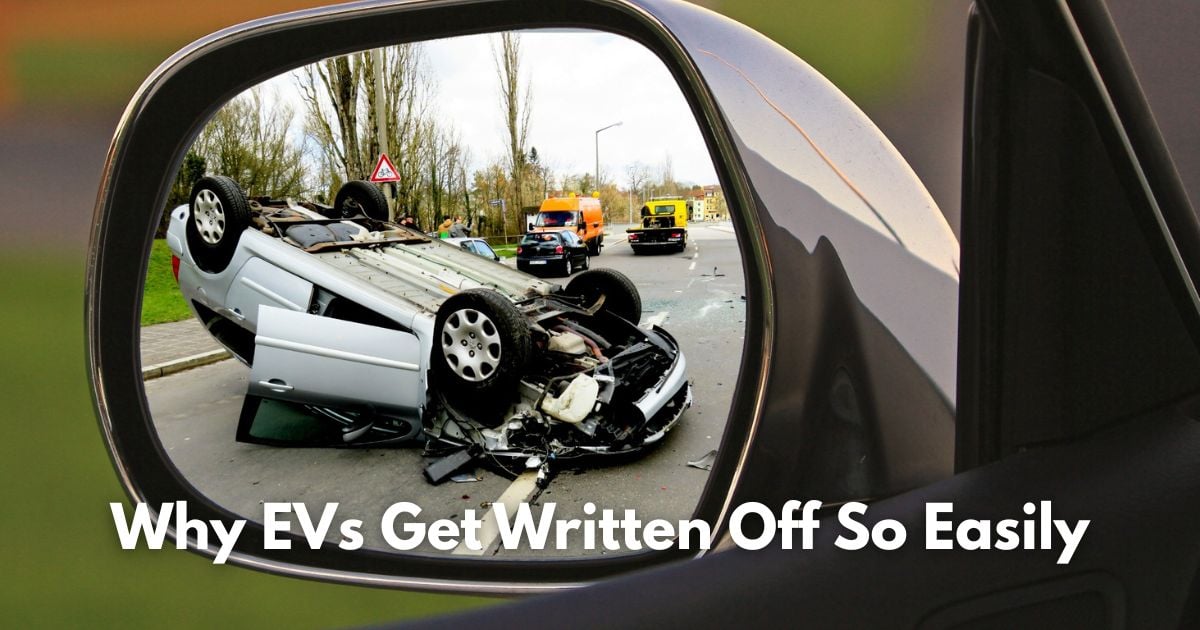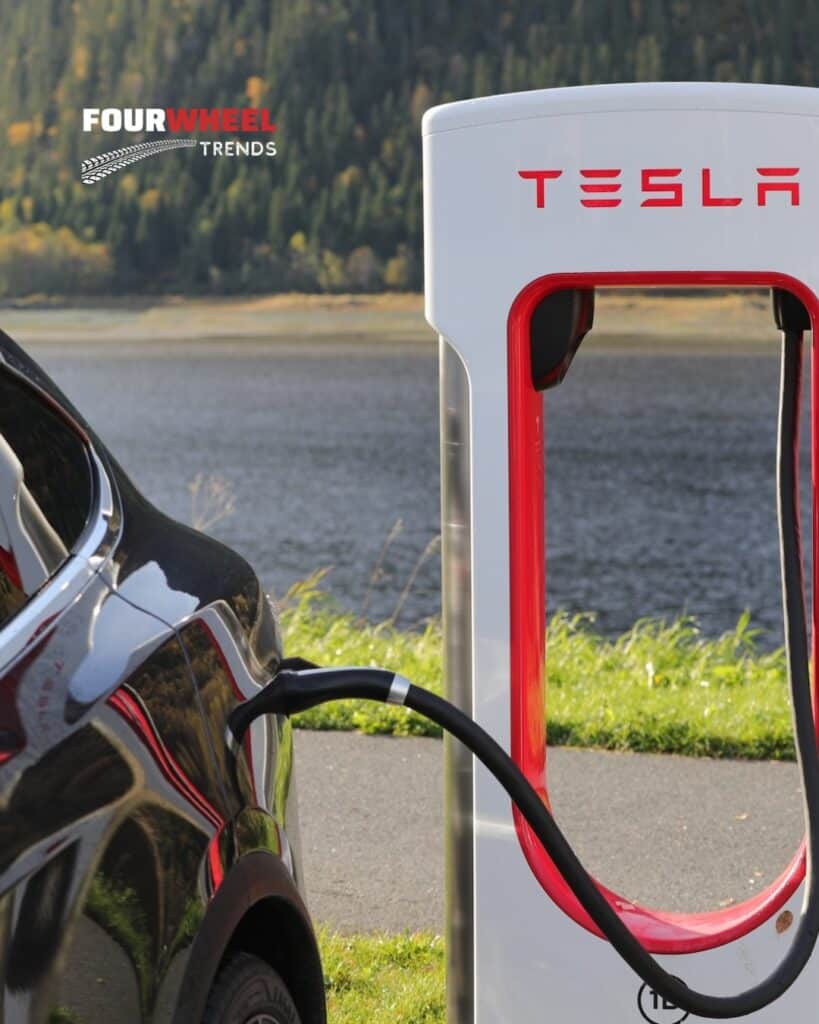Your EV Might Be Totaled Over a Scratch. Here’s Why.
I recently covered why some insurers are backing away from Teslas. Now, let’s look at a related trend: why even minor damage can lead to an EV being declared a total loss. From bumper-embedded sensors to floor-mounted battery packs, the very tech that makes electric cars cutting-edge also makes them surprisingly vulnerable in crashes.

Totaled Over Tiny Dents? Why EVs Get Written Off So Easily
If you’ve ever lightly tapped another car in a parking lot and walked away with nothing but a bruised ego, consider yourself lucky. Do that with an electric vehicle (EV), and you might find your ride declared a total loss—over what looks like a minor fender bender.
It’s happening more than you think. And it’s reshaping everything from repair bills to insurance premiums.
The Mystery of the $20K Dent
Traditional cars are generally forgiving when it comes to small accidents. A cracked bumper or a dented hood might cost a few hundred—or at worst, a couple thousand—dollars to fix. But with EVs, even low-speed collisions can lead to repair estimates that rival the car’s total value.
Why?
The short answer: batteries, sensors, and software.
EVs are packed with tech. That makes them smarter, faster, and greener—but it also makes them trickier to repair. Many EVs store their massive lithium-ion battery packs low in the chassis, right beneath the floor. A seemingly insignificant jolt to the underside could damage this core component, and if a battery is compromised, manufacturers often recommend replacing the entire pack.
That’s not cheap. A new battery can cost anywhere from $10,000 to $20,000, depending on the model. Add labor and diagnostic costs, and insurers quickly start reaching the dreaded “total loss” threshold—when repairs exceed a set percentage of the car’s value (usually 70%–75%).
Sensors, Cameras, and All That Jazz
Then there’s the software suite. EVs rely heavily on an array of sensors, cameras, and radar modules to power features like lane keeping, adaptive cruise control, and automated braking. Many of these are embedded in bumpers, mirrors, or windshields.
In a traditional car, replacing a bumper is straightforward. In an EV, that same repair might require recalibrating an entire suite of sensors—sometimes even replacing them altogether.
It’s not just about the parts. It’s about making sure every safety system works exactly as designed. That means repairs are not only more expensive, but more time-consuming and often limited to specialized shops.

Insurance Premiums Are Feeling the Pinch
For insurers, this trend is a headache. The frequency of totaled EVs—especially newer models—has been steadily rising, even in accidents where the damage looks superficial. That means higher payouts for claims, which gets passed down to consumers in the form of rising premiums.
A 2023 analysis by the Highway Loss Data Institute found that EVs generally have higher collision coverage losses than comparable gas-powered cars. Part of this is due to their zippy acceleration (they’re fast, and people sometimes… get excited). But repair complexity is also driving the numbers up.
As EV adoption grows, insurance companies are rethinking how they price policies. Some have begun factoring in not just make and model, but how “repairable” a specific vehicle is.
What This Means for You
If you’re in the market for an EV—or already own one—there are a few things to keep in mind:
- Look beyond the sticker price. Lower fuel and maintenance costs can make EVs cheaper over time, but insurance may be higher than you expect.
- Ask about insurance upfront. Some EVs cost far more to insure than others, even if they’re in the same price bracket.
- Drive carefully. Obviously. But especially with EVs, even a minor collision can have major consequences.
- Watch for innovation. Some manufacturers are starting to redesign components to be more modular and easier to replace. That could help bring repair costs—and premiums—down over time.
EVs are still early in their mass adoption phase, and the industry is playing catch-up on everything from repair training to claims handling. For now, though, it’s smart to treat your electric ride with a little extra care. Because in the EV world, even tiny dents can have big price tags.
